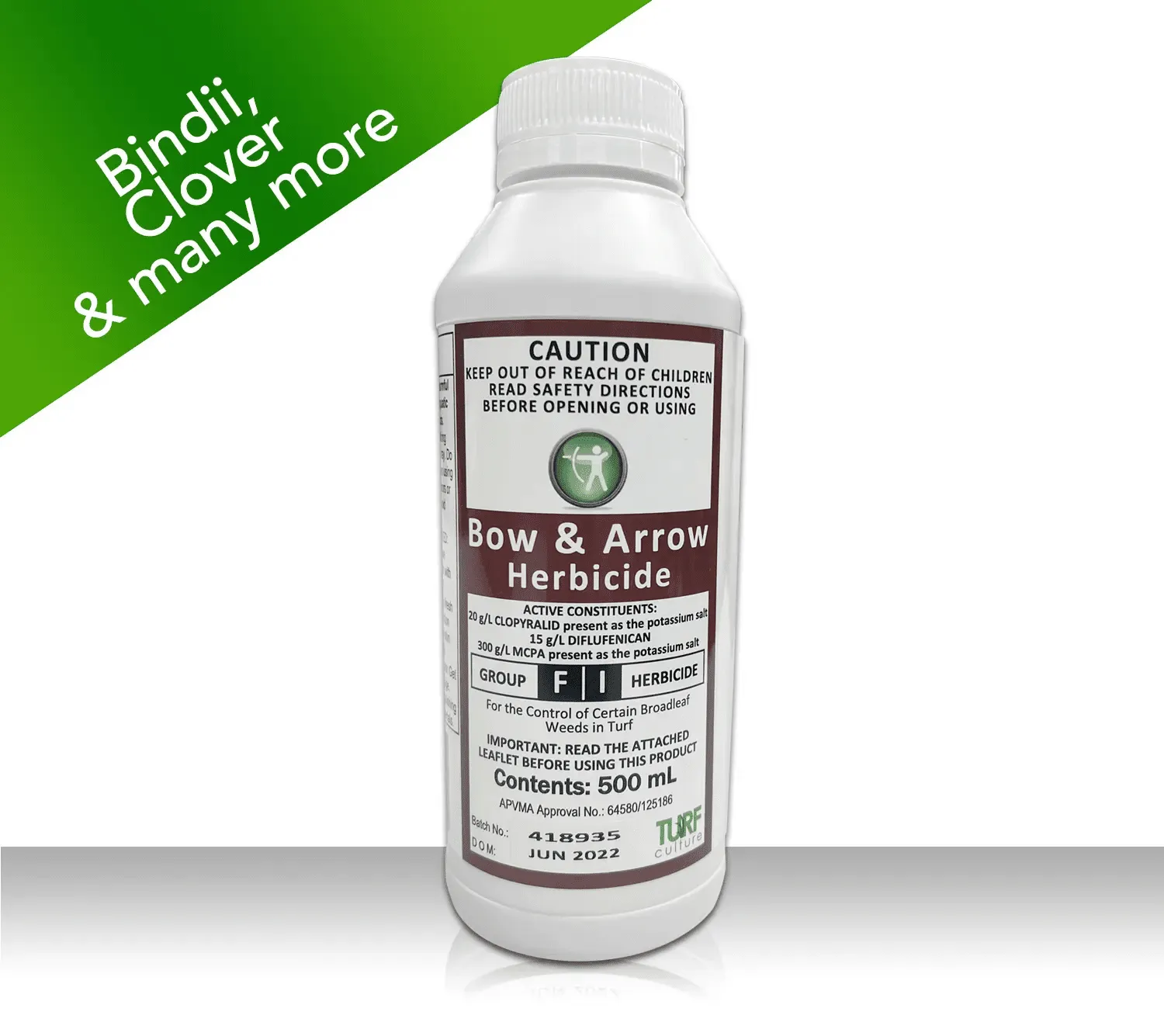Why Winter Lawn Care in Australia Matters
While it might seem like your lawn is taking a break over winter, what you do during these colder months sets the stage for healthy growth come spring. In Australia, winter doesn’t mean a total shutdown — it just means your lawn’s needs some extra care. With the right care, you can prevent damage, maintain colour, and keep weeds and diseases at bay.
Unlike in cooler climates, many Australian regions experience mild winters. That means warm-season grasses like couch, kikuyu, and buffalo may slow down but won’t completely stop growing. Winter is a perfect opportunity to manage lawn health without the urgency of summer growth.
Understanding Your Lawn’s Needs in the Colder Months
Lawns grow slower during winter due to reduced daylight and lower soil temperatures. That doesn’t mean they stop entirely. Couch, kikuyu, and buffalo grasses all benefit from light maintenance — just at a different pace.
Mowing should be less frequent, with blades raised slightly to avoid stressing the turf. Watering should be adjusted to rainfall, and it’s crucial to stay off overly wet turf to avoid compaction. Compacted soil can prevent oxygen and nutrients from reaching the roots, stunting spring recovery.
Winter is also a time when lawn diseases may creep in unnoticed. Reducing watering and fertilising during these periods now saves you from major problems later.
The Best Practices for Winter Lawn Maintenance
- Mow high and less often: Longer grass blades helps more sunlight absorption and reduces scalping risk.
- Reduce watering: Let nature handle most of it, especially in areas with regular winter rain.
- Avoid heavy traffic: Wet, soft turf can become compacted or damaged by vehicle or foot traffic.
- Keep an eye out for weeds and disease: Treat weeds and diseases quickly as they spread quickly in moist conditions.
Common Winter Lawn Problems in Australia (and How to Fix Them)
- Wintergrass (Poa annua): This opportunistic weed thrives in cool conditions. Use Spartan to prevent it and hand weed to prevent further seeding.
- Moss and algae: Shady, damp areas promote moss growth. Improve drainage, prune overhanging trees, for heavy areas of shade consider extending hardscaping or garden beds.
- Fungal diseases: Winter is prime time for fusarium and some leaf spots. Apply Impala fungicide at the first sign, and strengthen the lawn with Lawnganics Vitalise.
Essential Products for Winter Lawn Care in Australia
- Bow & Arrow – A go-to for bindii, clover, oxalis and many more broadleaf weeds.
- LawnPlay Colour Pack – Instantly restores green colour without pushing growth.
- Odessa herbicide – Knocks out Onion weed and onion grass as well as many broadleaf weeds.
- Impala Fungicide – Dual-active protection against key winter lawn diseases.
How to Feed Your Lawn in Winter
Feeding during winter is about building plant strength and colour, not top growth. Avoid nitrogen heavy fertilisers:
- Lawnganics Roots – A root-building tonic for stressed or dormant lawns.
- Lawnganics Brilliance – Greening product designed and used by professionals.
- Lawnganics Vitalise – Activates the plant’s natural protective responses, ideal before and after frost events.
Conveniently they come in the one Lawnganics Pack.
Apply liquid feeds monthly or every 4–6 weeks depending on your region and lawn condition.
FAQs: Winter Lawn Care Australia
Can I fertilise my lawn in winter?
Yes, but with low-nitrogen, high-potassium products like the Lawnganics Pack.
Should I mow my lawn in winter?
Yes, but less frequently and with blades set higher.
How do I keep my lawn green in winter?
Use the LawnPlay Colour Pack to restore green colour without stressing your grass.
What should I do about moss?
Improve drainage and reduce shade.
Do I need to water my lawn in winter?
Usually not, unless you’re in a very dry area.
Final Thoughts
Winter lawn care in Australia doesn’t need to be complicated — just consistent. With some light mowing, selective herbicide application, disease prevention, and a boost from biostimulants, your lawn will be set up to bounce back stronger in spring.
Think of winter as your lawn’s “reset” period. Help it rest and recover properly now, and you’ll enjoy lush, healthy results when the growing season returns.



